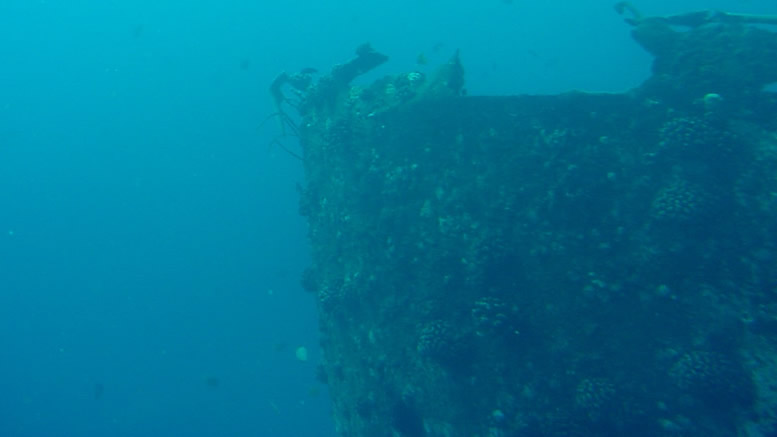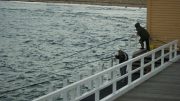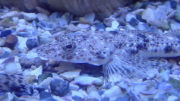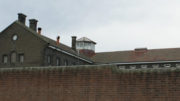
An attraction in our region is one you can’t see unless you’re prepared to get a bit wet. Known as the Ships’ Graveyard, this site is located around eight kilometers offshore between Barwon Heads and Torquay. It’s a popular dive site and home to many fish species that have made these former vessels, now an artificial reef, their habitat.
Officially named Commonwealth Area No. 3, the site was established in 1925 after unregulated ship scuttling frequently led to disasters, with wrecks appearing in unwanted locations. Once the disposal process was properly managed, unwanted vessels were stripped of valuables, and the remaining hulls were towed to the designated area. Holes were cut in the hulls—often using explosive charges—causing the ships to sink to their watery graves, some 50 to 70 meters below the waterline. Over 25 ships were scuttled in this way, with most sinking between 1925 and the early 1970s. Another area outside Port Phillip Heads, off the coast of Point Lonsdale, contains at least 20 more former vessels dumped before 1935. However, due to undocumented dumping, records of some ship names and dates have been lost over time.
One of the most recent additions to the Ships’ Graveyard is the former HMAS Canberra, one of several ships to hold the HMAS Canberra name this version was the Navy’s Adelaide-class guided missile frigate. Built in Seattle and based on a US design, the Canberra was launched in 1978 and decommissioned in 2005, with the ship sunk by scuttling charges in 2009. The wreck lies in 30 meters of water, 2 nautical miles (3.7 km) off the coast of Ocean Grove. Mooring pylons at the site help dive boats locate the wreck. It’s important to note that visiting these sites should only be undertaken by experienced divers with the correct diving and safety equipment. The often unforgiving waters off our shores have claimed even the lives of skilled divers over the years.
One wreck you can see without getting wet is the Ozone, which was sunk off the shore of Indented Head in 1925. Over the decades, the wreck has become an icon of the Indented Head shoreline, with the remains of the 1886 Scottish-built paddle steamer’s paddles still visible above the water for much of its life. Today, the sea has slowly eroded the wreck, and the best views of the Ozone can now be had at low tide. A historical monument in Taylor Reserve, just off The Esplanade in Indented Head, displays one of the Ozone’s anchors along with a small plaque detailing its history.




